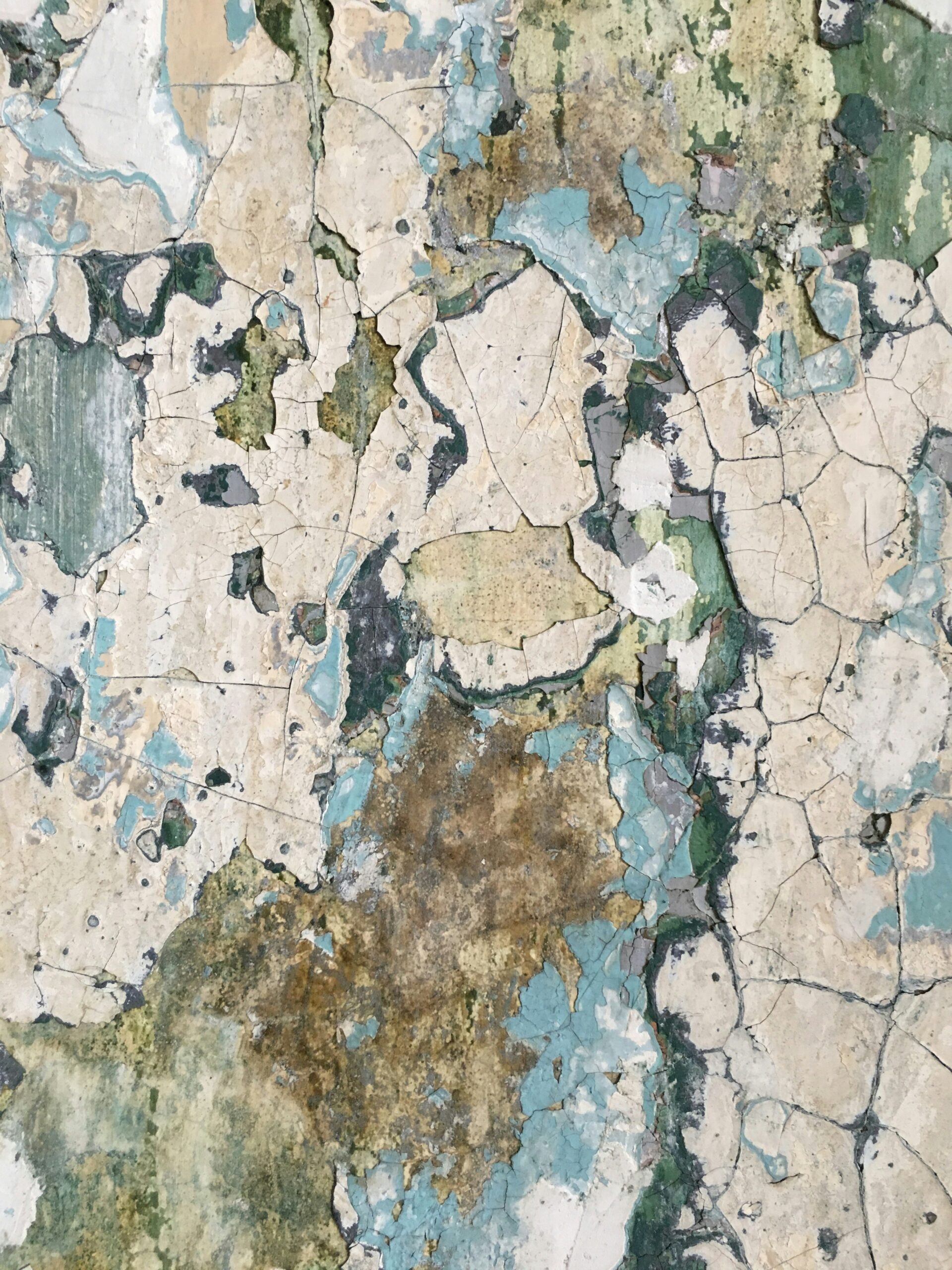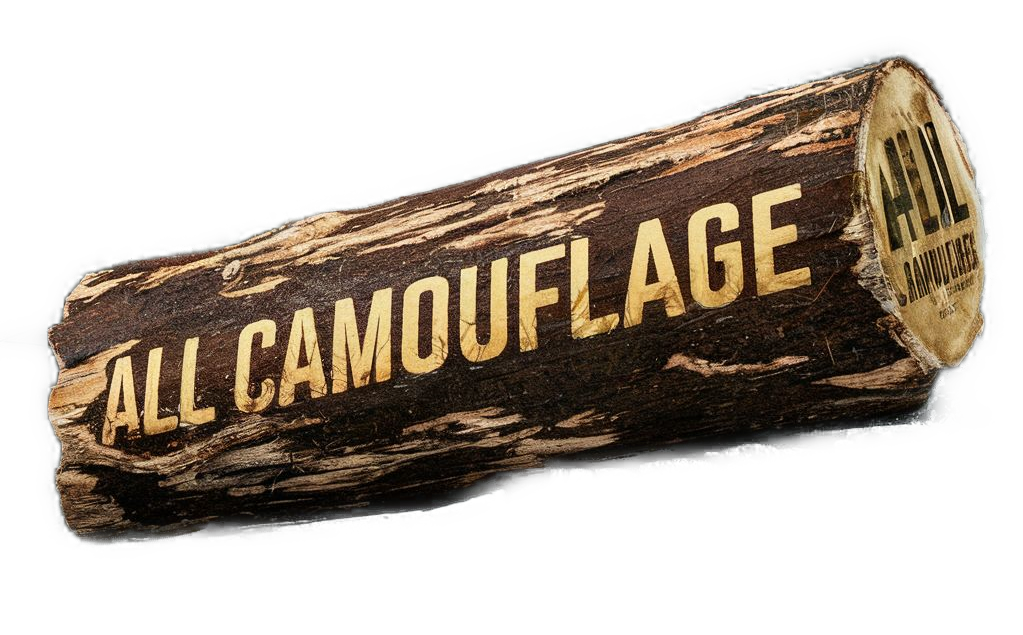What’s the first thing you notice when you picture someone blending in with their surroundings? Is it the rustle of leaves or the subtle movement that somehow doesn’t seem out of place? If you’ve ever wondered how you can seemingly become one with your environment using camouflage gear, you’re not alone. Many people are intrigued by the idea of disappearing from sight or at least becoming much harder to spot. This isn’t just for those in the military or hunters—there are other scenarios like wildlife photography or even fashion where blending in can be your ultimate goal. Whatever your reasons, understanding how to effectively use camouflage gear can be both fun and incredibly useful.
Understanding the Basics of Camouflage
Before you start thinking about how to drape yourself in leaves and mud like you’ve wandered into a scene from an action movie, it’s beneficial to understand what camouflage really means. The essence lies in deceiving the human eye. When executed well, it’s an art form that practically turns you into a ghost.
What is Camouflage?
Camouflage is a method of concealing something by making it appear to be part of the natural surroundings. This ancient technique is used by both humans and animals to hide in plain sight. Whether it’s the chameleon changing colors or the stealthy tiger blending seamlessly into tall grasses, the principle remains the same: concealment through deception.
Types of Camouflage
There are several types of camouflage you might consider when trying to become invisible—or at least less visible.
| Type | Description |
|---|---|
| Color Matching | Aligning your colors with the surrounding environment. |
| Pattern Blending | Using patterns that disrupt outlines and prevent easy recognition. |
| Shading | Utilizing shadows and varying hues to merge into your environment seamlessly. |
| Shape Disruption | Breaking up your silhouette so you don’t present a recognizable form. |
| Movement Camouflage | Moving slowly and fluidly to mimic the natural sway of your environment. |
Choosing the Right Camouflage Gear
The challenge often lies in knowing what type of gear you’ll need for the specific environment you’ll be navigating. There are various types of gear available, each suited for different terrains and purposes.
Camouflage Clothing
If you’re serious about your efforts, your clothing is your starting point. Camouflage clothing is crafted to mimic the environment you’re trying to blend into, whether it’s a leafy forest, a snow-laden field, or an arid desert.
Fabric: The kind of fabric you use can make a significant difference. Breathable materials are crucial if you’re in a humid environment. Opt for something warmer and moisture-wicking in snowy conditions.
Patterns: A wide variety of patterns exist, each designed with specific surroundings in mind. Woodland, desert, and snow patterns are the most common, but technological advances now allow for much more complex designs perfect for urban settings and mixed environments.
Camouflage Accessories
These include hats, gloves, and even face paint. Remember that any visible skin or bright clothing can undermine your efforts.
Hats: Essential for breaking up the outline of your head, a hat can also shield your eyes, which themselves can be a dead giveaway.
Gloves: These keep your hands from standing out. Remember, even small movements can catch an observer’s eye.
Face Paint: Used to obscure the visible features of your face. Done correctly, it makes your face appear less like a face and more like just another part of the scenery.
Footwear
Camouflaging your feet may not sound critical, but the right footwear can prevent noise and provide physical comfort. Choose shoes that match your environment in color and design. If your terrain is rocky, hard soles are a must. For softer, quieter environments, something more pliable would be better.

Achieving Seamless Blending
After acquiring your gear, the next step is learning how to wear it all effectively. The best gear won’t do much unless it is used correctly.
Environment Analysis
Spend some time observing your surroundings. Is the area dense with foliage, or is it more open and sparse? How light or dark is it? Take mental notes of colors, shadows, and prevalent textures. The better you understand your setting, the more effectively you can mimic it.
Positioning
How you position yourself is crucial in avoiding detection. Stay still and remain quiet. Animals do a fantastic job at lying in wait and remaining unnoticed. Besides, moving slowly can help you avoid creating any noise that may give away your presence.
Practicing Movement
If you must move, mimic the natural elements around you. Move like the breeze through grass or like the slow, silent flow of a shadow over sand. Practice balancing speed and stealth to find a rhythm that works in your chosen environment.
Advanced Camouflage Techniques
For the ambitious among you, there are more advanced techniques to consider. These methods may require more practice but can substantially heighten your capability to go unnoticed.
Ghillie Suit
For those bold enough, a ghillie suit is an ultimate expression of camouflage. Originally designed for military snipers, this suit is usually made from netting with loose strips of hessian or burlap attached to resemble dense foliage.
Customization: Modify your ghillie suit to suit your specific needs and environment. Attach natural elements such as leaves, twigs, or grass from your surroundings.
Natural Camouflage
Using items from your surroundings, you can fashion additional camouflage. This time-honored method includes using mud to dull reflections and applying leaves or branches to accentuate your appearance in wooded areas.
Blending Technology
Technology, ever-evolving, now brings us smart camouflage. Modern fabrics can change according to the surroundings, thanks to digital programs and electronic fibers. Though still in their infancy, these technologies promise a future where you won’t have to choose a static pattern for your needs.

Common Mistakes and How to Avoid Them
The path to near invisibility is filled with pitfalls. Yet, knowing what to look out for can bolster your chances of success.
Ignoring the Environment
One common misstep is disregarding small details in the environment. Not matching small things like wet leaves or yellowing grass can make your entire outfit ineffective.
Overdoing It
While going all out may seem the best practice, subtlety often rules. Sometimes, less is more. Overly complex patterns or unnecessary accessories can ironically make you stand out.
Focusing Solely on Sight
Camouflage isn’t just visual. If you’re detected by sound or scent, your cover is blown. Stay mindful of noise levels and avoid using scented products when blending into a natural setting.
Forgetting the Season
Seasonal changes can dramatically affect how well your camouflage works. A pattern that works marvelously in spring might make you a sitting duck come winter.
The Subtle Art of Blending In
Never underestimate the cunning required to blend with nature. Realize that it’s not just about wearing camo gear but becoming a part of the landscape. An effective artist of invisibility understands not just what to wear, but how to act and move.
Embracing the Process
Understand that like any other skill, camouflaging takes time and practice. Dive in with patience and an open mind. With each outing, tailor your experience to your environment. Trial and error will be your great guides.
Engaging the Mind
Remember, camouflage isn’t solely about physical concealment. It’s about occupying the space as if it’s home. Cultivate an attitude of inquisitive observation. What you learn about your surroundings will speak volumes to how you become one with them.
By taking these steps, you’re not just dressing for the space you inhabit—you’re becoming part of it. Whether you’re tracking an elusive bird for that perfect photograph, or simply wish to wander unobserved, blending into your environment with camouflage gear is an underappreciated art. Now is your chance to explore, adapt, and, with a touch of practice, practically vanish.


